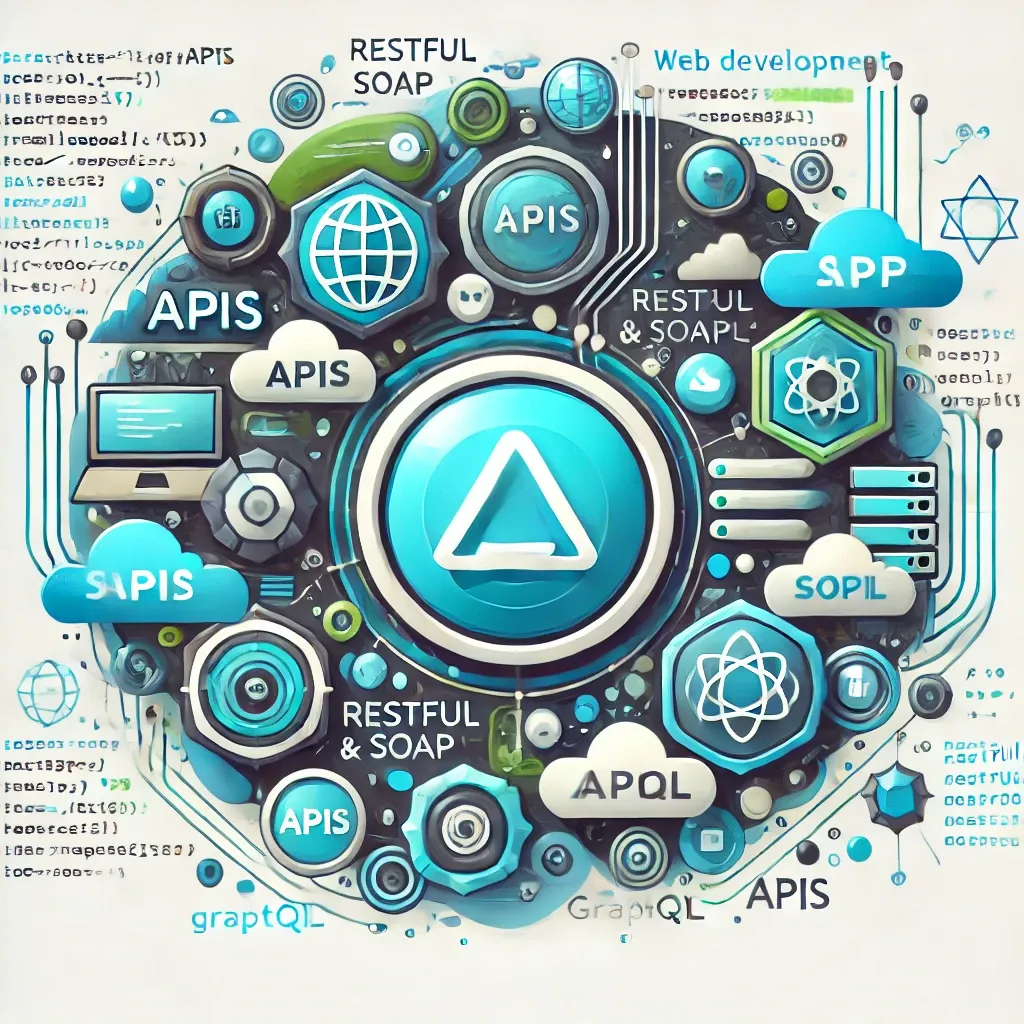
Introduction
Application Programming Interfaces (APIs) have become essential in web development, allowing different software applications to communicate and share data. As we enter 2024, understanding how to effectively utilize APIs can greatly enhance your web applications' capabilities and performance. This guide will delve into the significance of APIs and provide best practices for developers.
1. Understanding APIs
APIs are sets of rules and protocols that allow different software components to interact. They enable developers to access functionalities from external services, such as payment gateways, social media platforms, and data storage solutions, without needing to understand the underlying code.
2. Types of APIs
Familiarize yourself with the different types of APIs:
- RESTful APIs: Most commonly used, they adhere to REST principles and are stateless.
- SOAP APIs: Protocol-based APIs that use XML for messaging.
- GraphQL APIs: Allow clients to request specific data, optimizing the amount of data transferred.
3. Choosing the Right API
Selecting the right API for your application is crucial. Consider factors such as documentation quality, community support, performance, and security. Well-documented APIs can save time and reduce frustration during development.
4. Authentication and Security
Implement secure authentication methods such as OAuth or API keys to protect your APIs. Always validate input and sanitize outputs to prevent common vulnerabilities like SQL injection and cross-site scripting (XSS).
5. Rate Limiting and Throttling
To ensure fair usage and prevent abuse, implement rate limiting and throttling mechanisms. This controls the number of requests a user can make to your API within a specified timeframe, helping maintain performance and stability.
6. Error Handling
Effective error handling is essential for user experience. Provide clear error messages and status codes to inform users of issues. Implement logging to track errors for debugging and maintenance purposes.
7. Versioning Your APIs
As your application evolves, so will your APIs. Implement versioning (e.g., v1, v2) to ensure backward compatibility and allow developers to adapt to changes without breaking existing integrations.
8. Documentation is Key
Comprehensive documentation is vital for API usability. Include clear examples, endpoints, request/response formats, and error codes to facilitate easier integration for developers.
9. Testing Your APIs
Utilize testing tools like Postman or Swagger to validate your API endpoints and ensure they function as expected. Automated testing can help catch issues early and improve reliability.
10. Stay Updated with API Trends
As technology advances, so do APIs. Stay informed about emerging trends such as API-first development, microservices architecture, and serverless computing to keep your skills relevant and your applications competitive.
Conclusion
APIs are a powerful tool in web development, enabling seamless integration and functionality. By understanding their importance and following best practices, developers can harness the full potential of APIs in 2024, creating innovative and efficient web applications.







0 Comments